Home>Home Appliances>Lighting Appliances>How To Measure A Ceiling Light Fixture
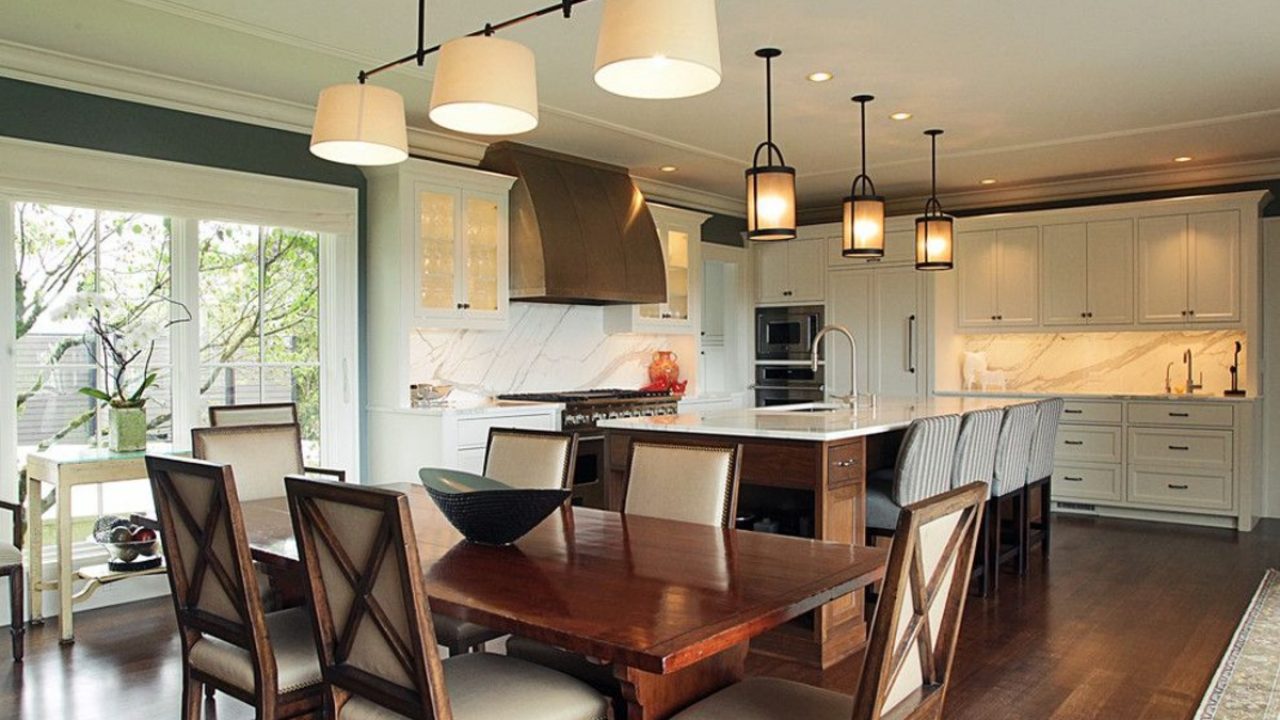

Lighting Appliances
How To Measure A Ceiling Light Fixture
Modified: March 26, 2024
Learn how to measure a ceiling light fixture for your lighting appliances with our step-by-step guide. Ensure the perfect fit for your space and style.
(Many of the links in this article redirect to a specific reviewed product. Your purchase of these products through affiliate links helps to generate commission for Storables.com, at no extra cost. Learn more)
Introduction
When it comes to lighting up a room, the right ceiling light fixture can make all the difference. Whether you're looking to replace an existing fixture or simply want to ensure that a new one will fit perfectly in your space, knowing how to measure a ceiling light fixture is essential. By taking accurate measurements, you can avoid the frustration of purchasing a fixture that is either too large or too small for the intended area.
In this comprehensive guide, we will walk you through the step-by-step process of measuring a ceiling light fixture. By the end of this article, you will have the confidence and know-how to accurately determine the dimensions needed for your specific lighting needs. So, grab your measuring tape and let's get started on this illuminating journey!
Key Takeaways:
- Measuring a ceiling light fixture is like solving a puzzle to ensure it fits and looks great. Use a measuring tape, ladder, and a helper to get accurate dimensions for a perfect lighting upgrade!
- Recording the measurements of a ceiling light fixture is like creating a map for choosing the right light. It helps you make informed decisions and ensures the new fixture fits your space perfectly.
Read more: How To Replace Ceiling Light Fixture
Step 1: Gather the necessary tools
Before embarking on the task of measuring a ceiling light fixture, it's essential to gather the appropriate tools to ensure accurate and precise measurements. Here's a list of the essential tools you'll need:
-
Measuring Tape: A reliable measuring tape is the cornerstone of this process. Opt for a tape that is at least 25 feet long to accommodate various ceiling heights and fixture dimensions. The tape should have clear markings and a locking mechanism to secure measurements in place.
-
Ladder or Step Stool: Depending on the height of the ceiling, a sturdy ladder or step stool will be necessary to safely access the area where the fixture is located. Safety should always be a top priority when using a ladder, so ensure it is in good condition and positioned on a stable surface.
-
Pen and Paper: Keeping a pen and paper handy is crucial for recording the measurements as you take them. Alternatively, a smartphone or tablet can be used to digitally document the dimensions.
-
Assistant: While not a physical tool, having an extra set of hands can be immensely helpful, especially when measuring larger or heavier fixtures. An assistant can hold the measuring tape in place or provide support while you focus on taking accurate measurements.
By having these tools at your disposal, you'll be well-equipped to proceed with confidence as you move on to the subsequent steps of measuring the ceiling light fixture. With the right tools in hand, you're ready to ensure that the new fixture will seamlessly integrate into your space, providing both functionality and aesthetic appeal.
Step 2: Measure the width and length of the fixture
Measuring the width and length of a ceiling light fixture is a crucial step in ensuring that it will fit harmoniously within the intended space. To begin, position the ladder or step stool beneath the fixture, ensuring it is stable and secure. With the measuring tape in hand, follow these steps to accurately measure the width and length of the fixture:
-
Width Measurement: Start by identifying the widest point of the fixture. This could be the diameter of a circular fixture or the longest side of a rectangular or square fixture. Once the widest point is determined, extend the measuring tape across this dimension, ensuring it is level and straight. Take note of the measurement, ensuring it is recorded accurately.
-
Length Measurement: For fixtures with distinct length dimensions, such as rectangular or oval shapes, identify the longest dimension. This could be the length of the fixture from end to end or the distance from the front to the back. Similar to measuring the width, use the measuring tape to capture this dimension, ensuring it is level and straight for an accurate reading.
-
Irregular Shapes: In the case of irregularly shaped fixtures, such as those with asymmetrical designs or intricate details, it may be necessary to take multiple measurements to capture the overall width and length. Identify the key points of the fixture's outline and measure between these points to ensure comprehensive coverage of its dimensions.
-
Recording the Measurements: As you take the width and length measurements, it is essential to record them promptly and accurately. This can be done by jotting down the measurements on paper or using a digital device to document the dimensions. Clear and organized documentation will facilitate the subsequent steps in the process of selecting or replacing the ceiling light fixture.
By meticulously measuring the width and length of the fixture, you will have valuable insights into its spatial requirements and how it will interact with the surrounding environment. These measurements serve as a foundation for making informed decisions regarding the suitability of the fixture for the intended space, ensuring a seamless integration that enhances the overall ambiance and functionality of the room.
Step 3: Measure the height of the fixture
Measuring the height of a ceiling light fixture is a critical step in ensuring that it not only fits within the designated space but also provides adequate clearance and visual balance. The height measurement is particularly important for fixtures that hang or suspend from the ceiling, such as chandeliers, pendant lights, or hanging lanterns. To accurately measure the height of the fixture, follow these steps:
-
Identify the Suspension Point: Locate the point from which the fixture is suspended or attached to the ceiling. This could be a canopy, a chain, a rod, or any other component that connects the fixture to the ceiling. Ensure that the fixture is in its intended position and any adjustable components are set to the desired height.
-
Use the Measuring Tape: With the fixture in place, extend the measuring tape from the suspension point down to the lowest point of the fixture. This could be the bottom of the fixture itself or any decorative elements or extensions that contribute to its overall height. Keep the measuring tape taut and straight to obtain an accurate measurement.
-
Account for Adjustable Heights: In cases where the fixture has adjustable elements, such as telescoping rods or chains with varying links, it is essential to consider the potential range of heights. Measure the height at both the minimum and maximum settings to understand the full scope of the fixture's vertical dimensions.
-
Record the Measurement: As with the width and length measurements, it is crucial to record the height measurement promptly and accurately. Note down the measurement, along with any relevant details about the fixture's configuration or adjustable components. This documentation will serve as a valuable reference when evaluating the fixture's compatibility with the intended space.
By capturing the height of the fixture, you gain a comprehensive understanding of its vertical presence and how it interacts with the surrounding environment. This measurement not only ensures that the fixture has sufficient clearance from the floor and other elements in the room but also contributes to the overall aesthetic harmony and visual impact. Whether you're considering a grand chandelier for a formal dining area or a sleek pendant light for a modern kitchen, understanding the height of the fixture is instrumental in making an informed and visually impactful lighting decision.
Use a tape measure to measure the distance from the ceiling to the bottom of the light fixture. This will give you the height of the fixture, which is important for choosing the right size for your space.
Step 4: Measure the distance from the ceiling to the bottom of the fixture
Measuring the distance from the ceiling to the bottom of the fixture is a crucial step in ensuring that the fixture not only fits within the designated space but also provides the desired visual impact and functionality. This measurement is particularly important for fixtures that hang or suspend from the ceiling, such as chandeliers, pendant lights, or hanging lanterns. By accurately determining this distance, you can ensure that the fixture is positioned at an optimal height, contributing to the overall ambiance and practicality of the space.
To measure the distance from the ceiling to the bottom of the fixture, follow these steps:
-
Position the Ladder or Step Stool: Place the ladder or step stool beneath the fixture, ensuring it is stable and securely positioned. Safety should always be a top priority when using a ladder, so ensure that it is in good condition and placed on a stable surface.
-
Identify the Suspension Point: Locate the point from which the fixture is suspended or attached to the ceiling. This could be a canopy, a chain, a rod, or any other component that connects the fixture to the ceiling. Ensure that the fixture is in its intended position and any adjustable components are set to the desired height.
-
Use the Measuring Tape: With the fixture in place, extend the measuring tape from the suspension point down to the lowest point of the fixture. This could be the bottom of the fixture itself or any decorative elements or extensions that contribute to its overall height. Keep the measuring tape taut and straight to obtain an accurate measurement.
-
Account for Adjustable Heights: In cases where the fixture has adjustable elements, such as telescoping rods or chains with varying links, it is essential to consider the potential range of heights. Measure the distance at both the minimum and maximum settings to understand the full scope of the fixture's vertical dimensions.
-
Record the Measurement: As with the width, length, and height measurements, it is crucial to record the distance from the ceiling to the bottom of the fixture promptly and accurately. Note down the measurement, along with any relevant details about the fixture's configuration or adjustable components. This documentation will serve as a valuable reference when evaluating the fixture's compatibility with the intended space.
By capturing the distance from the ceiling to the bottom of the fixture, you gain a comprehensive understanding of its vertical positioning and how it interacts with the surrounding environment. This measurement not only ensures that the fixture is positioned at an optimal height for both visual impact and functionality but also contributes to the overall aesthetic harmony of the space. Whether you're considering a statement chandelier for a grand foyer or a cluster of pendant lights for a cozy reading nook, understanding this distance is instrumental in making an informed and visually impactful lighting decision.
Read more: How To Clean Ceiling Light Fixtures
Step 5: Record the measurements
Recording the measurements is a crucial aspect of the process, ensuring that the dimensions captured during the measuring process are accurately documented for future reference and decision-making. This step serves as the foundation for evaluating the compatibility of the ceiling light fixture with the intended space and facilitates the selection or replacement of fixtures with confidence and precision.
As you take the width, length, height, and distance measurements, it is essential to record each dimension promptly and accurately. Whether using a traditional pen and paper or a digital device for documentation, the key is to ensure that the measurements are clearly noted and organized for easy reference. This documentation should include not only the numerical values of the measurements but also any relevant details about the fixture's design, configuration, and adjustable components.
Clear and comprehensive documentation of the measurements enables a systematic comparison of the dimensions with the available space and any specific requirements or constraints. For example, if the intended location for the ceiling light fixture has a limited clearance height, the recorded measurements can be cross-referenced to ensure that the chosen fixture aligns with these spatial limitations. Similarly, if the goal is to replace an existing fixture, the recorded measurements serve as a valuable reference point for identifying suitable replacement options that align with the spatial and design parameters.
Furthermore, the act of recording the measurements fosters a sense of organization and preparedness, laying the groundwork for informed decision-making and effective communication with lighting professionals or retailers. When seeking guidance or assistance in selecting a ceiling light fixture, having the measurements readily available streamlines the consultation process and enables the experts to provide tailored recommendations based on the specific spatial requirements and aesthetic preferences.
In essence, recording the measurements is not merely a procedural step but a strategic and empowering practice that empowers individuals to navigate the process of selecting, replacing, or installing a ceiling light fixture with confidence and clarity. By documenting the measurements with diligence and attention to detail, individuals can leverage this foundational information to make informed decisions that align with their vision for the illuminated space.
Conclusion
In conclusion, mastering the art of measuring a ceiling light fixture is a fundamental skill that empowers individuals to make informed decisions when selecting, replacing, or installing lighting elements in their living or workspaces. By diligently following the step-by-step process outlined in this guide and capturing accurate measurements of the width, length, height, and distance from the ceiling to the bottom of the fixture, individuals can navigate the complexities of lighting design with confidence and precision.
The act of measuring a ceiling light fixture transcends mere numerical dimensions; it embodies a holistic approach to understanding the spatial dynamics and visual impact of lighting within a given environment. Each measurement serves as a piece of the puzzle, contributing to a comprehensive understanding of how a fixture will integrate into its surroundings, interact with architectural elements, and fulfill the functional and aesthetic requirements of the space.
Furthermore, the process of measuring a ceiling light fixture fosters a sense of preparedness and organization, laying the groundwork for seamless decision-making and effective communication with lighting professionals or retailers. Armed with accurate measurements and clear documentation, individuals can confidently seek guidance and recommendations, knowing that they have a solid foundation upon which to evaluate potential fixtures and assess their compatibility with the intended space.
Moreover, the act of recording the measurements serves as a strategic tool for cross-referencing spatial limitations, identifying suitable replacement options, and facilitating collaborative discussions with experts in the field of lighting design. This collaborative approach, supported by precise measurements, ensures that the chosen ceiling light fixture not only meets the spatial requirements but also aligns with the individual's aesthetic vision, contributing to a harmonious and visually captivating environment.
Ultimately, the process of measuring a ceiling light fixture transcends the technical aspects of obtaining dimensions; it embodies the art of thoughtful consideration, spatial awareness, and the pursuit of lighting solutions that elevate the ambiance and functionality of a space. By embracing this process with diligence and attention to detail, individuals can embark on a journey of lighting design that is characterized by confidence, creativity, and a deep understanding of the transformative power of illumination.
Frequently Asked Questions about How To Measure A Ceiling Light Fixture
Was this page helpful?
At Storables.com, we guarantee accurate and reliable information. Our content, validated by Expert Board Contributors, is crafted following stringent Editorial Policies. We're committed to providing you with well-researched, expert-backed insights for all your informational needs.
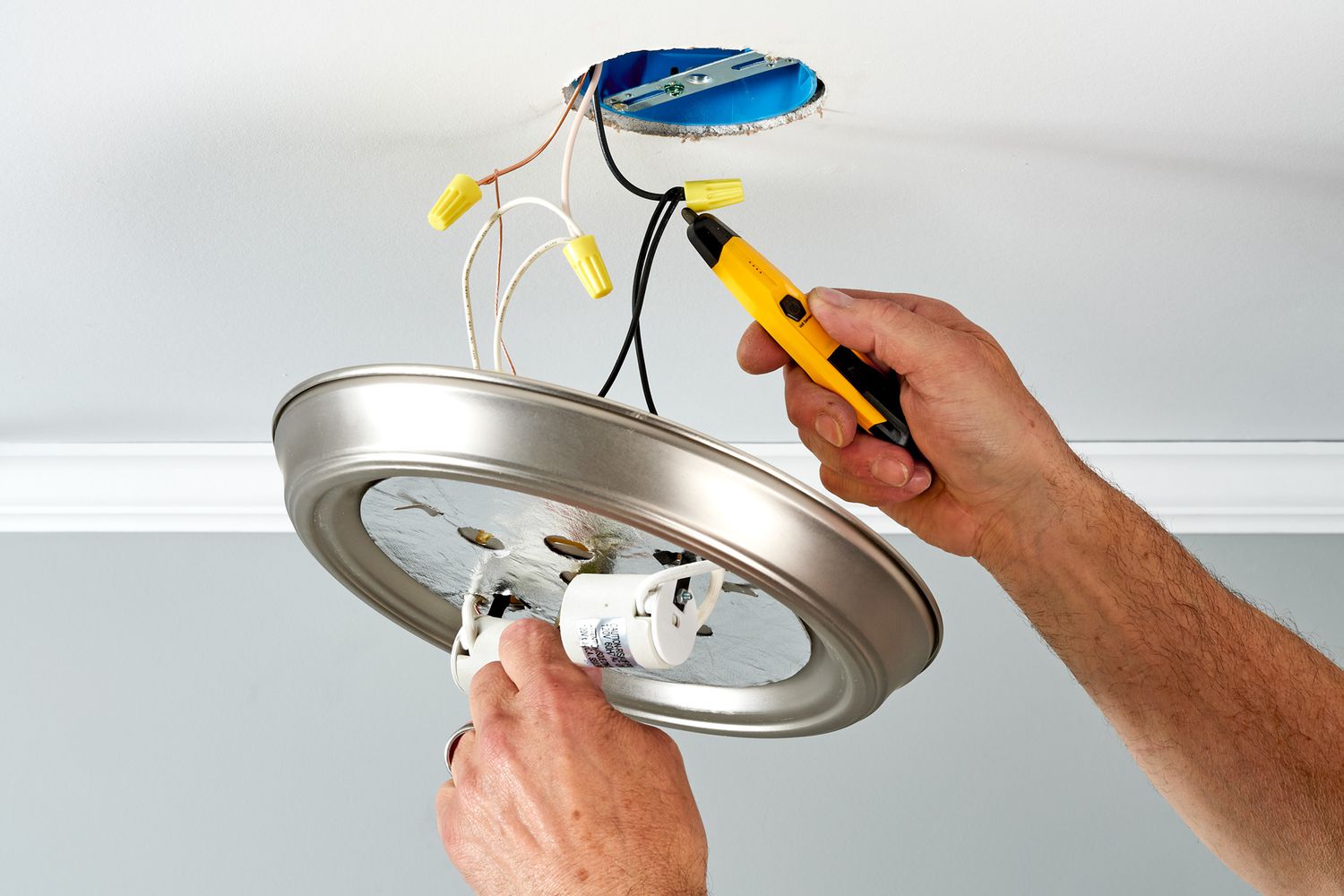
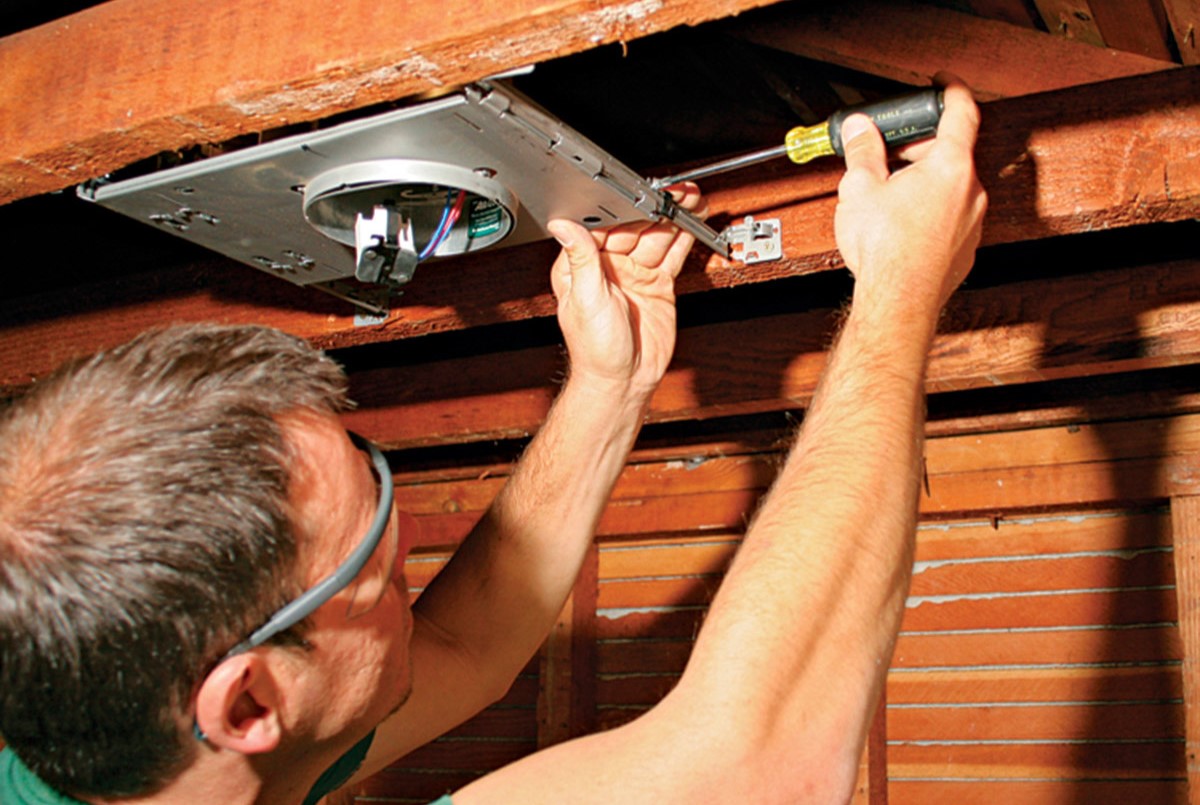
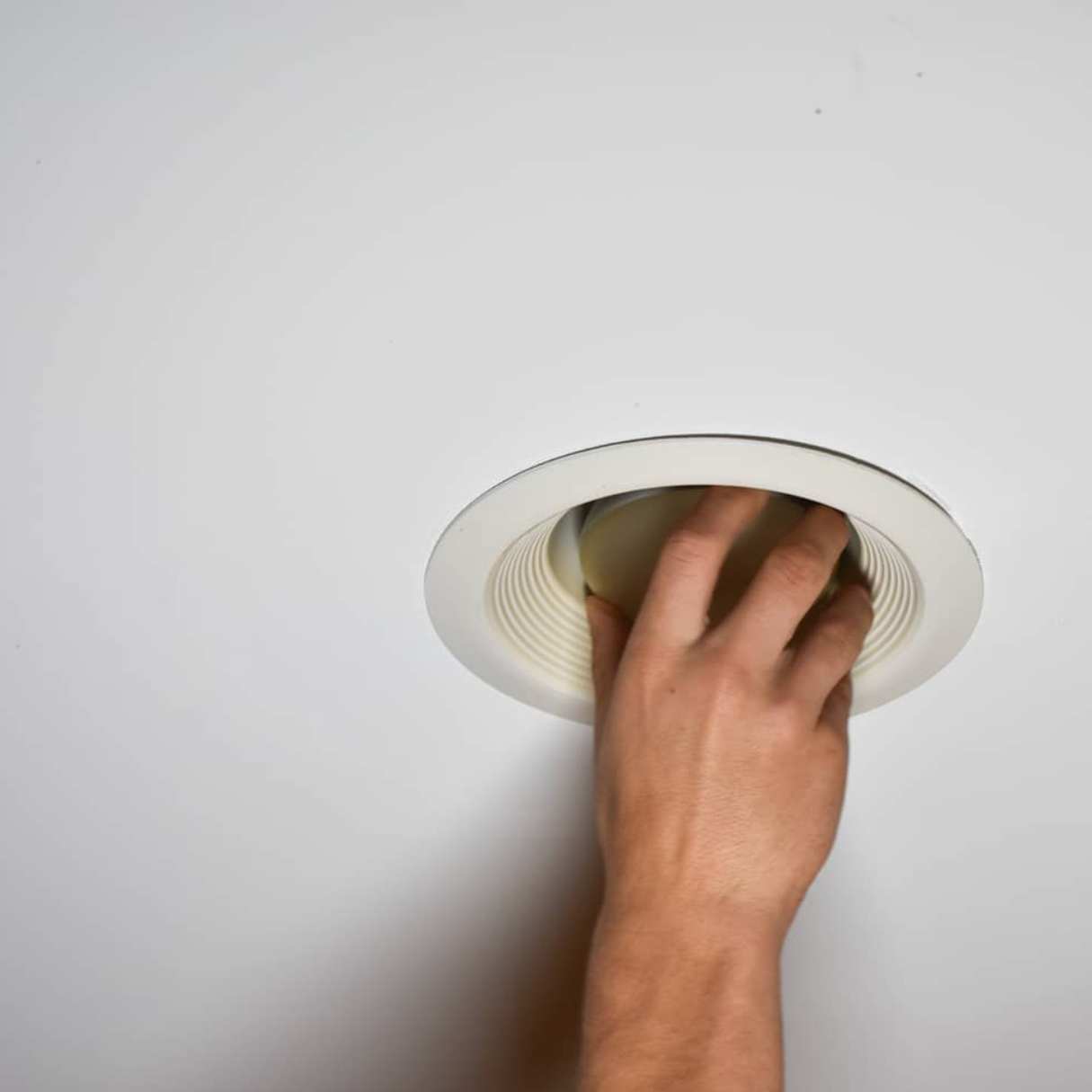
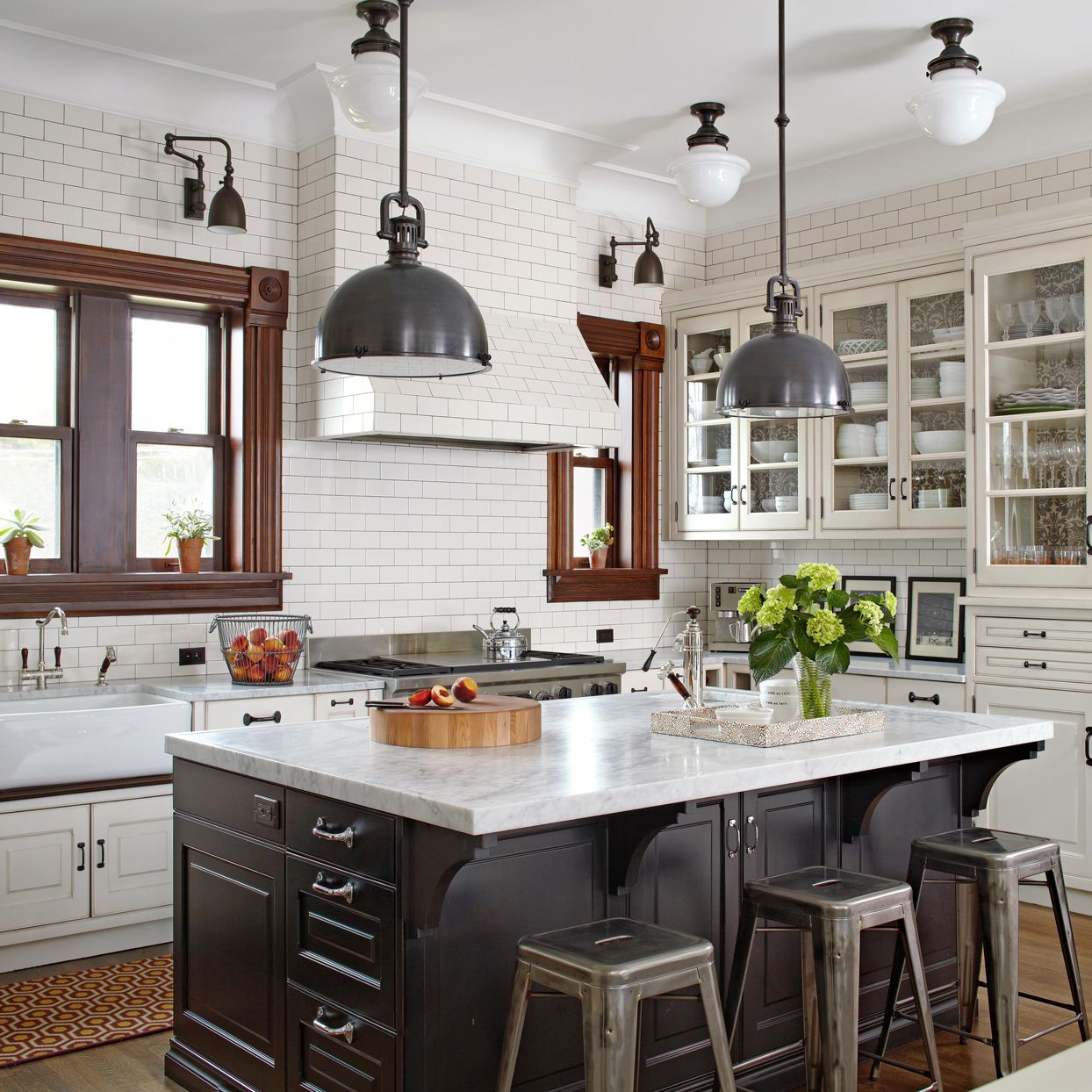
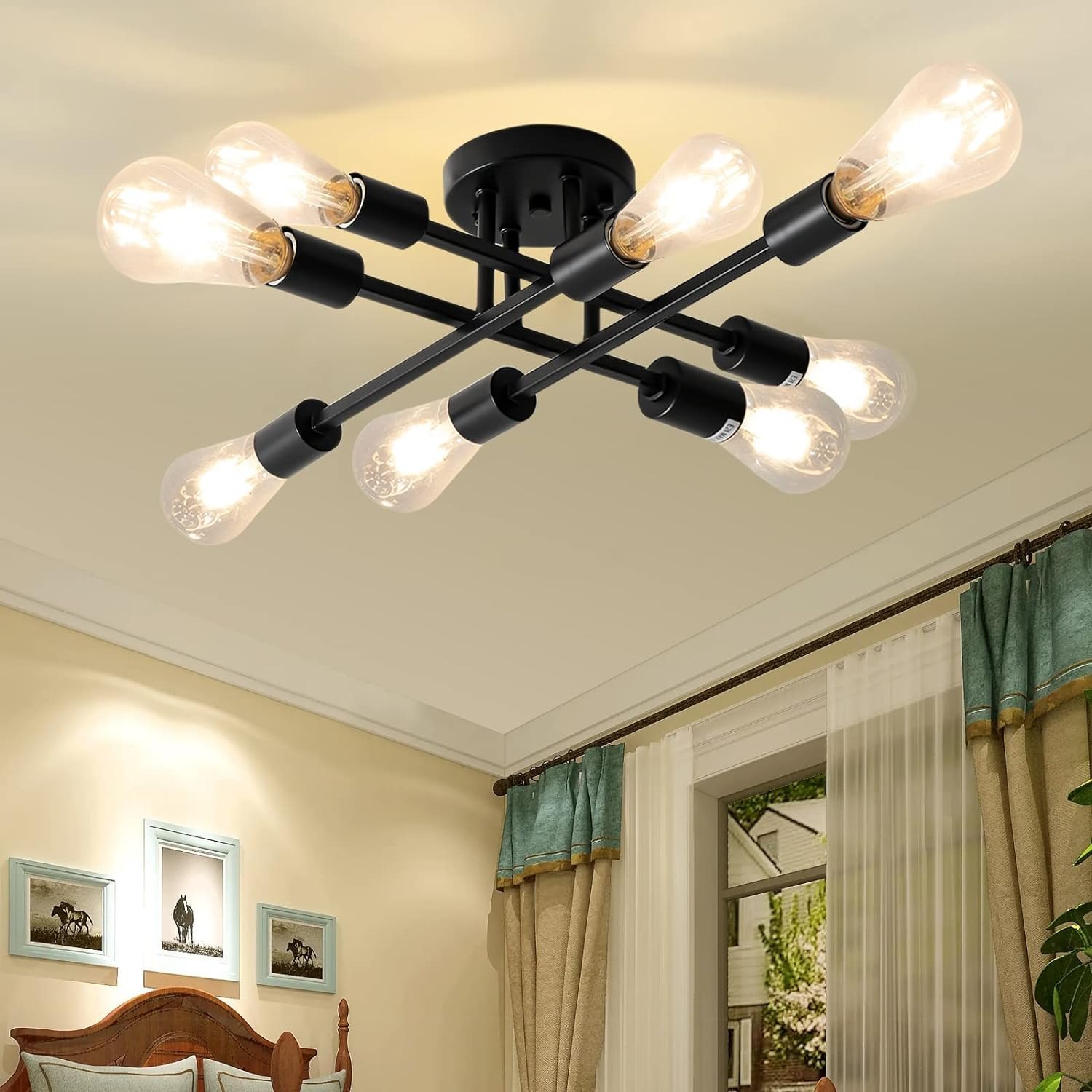
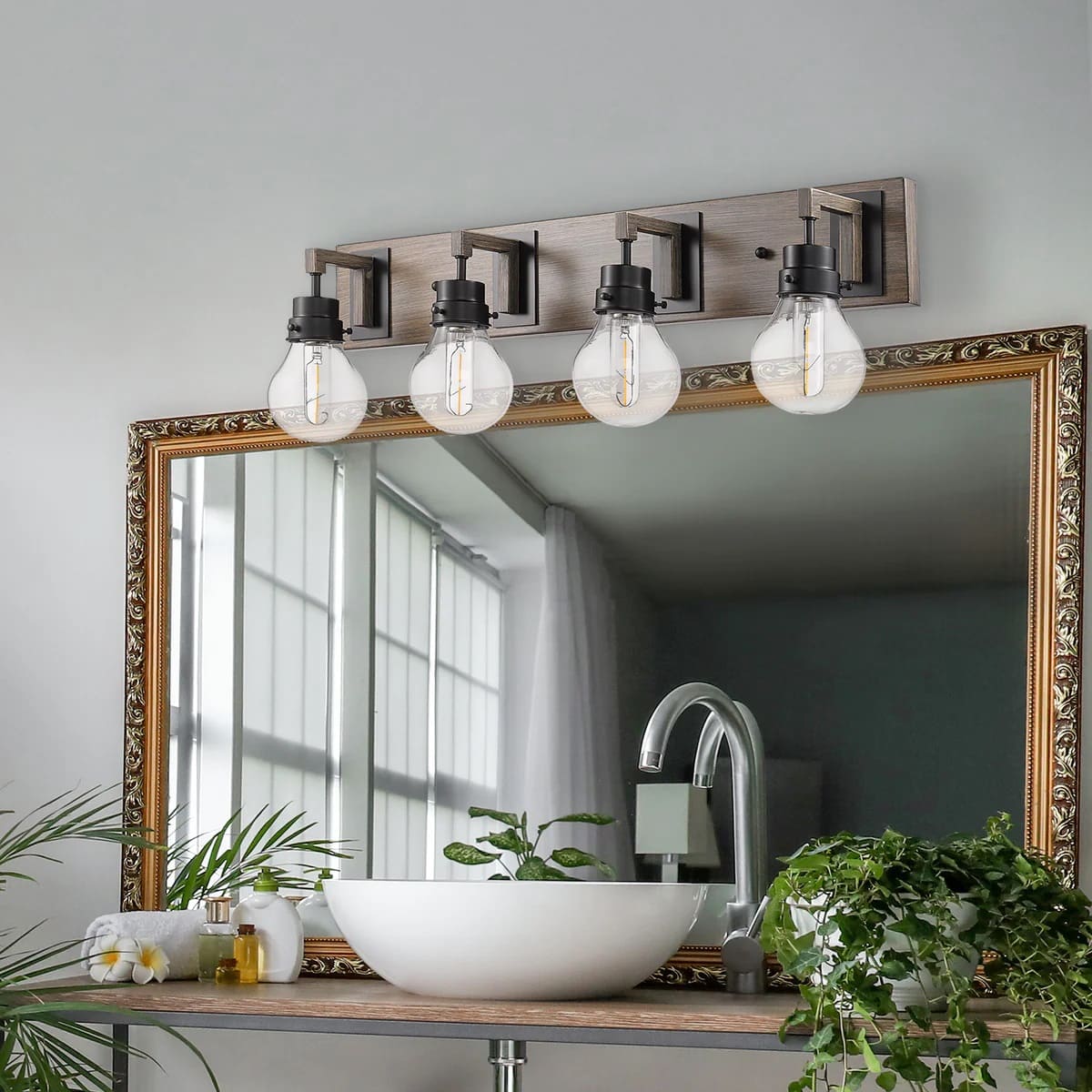
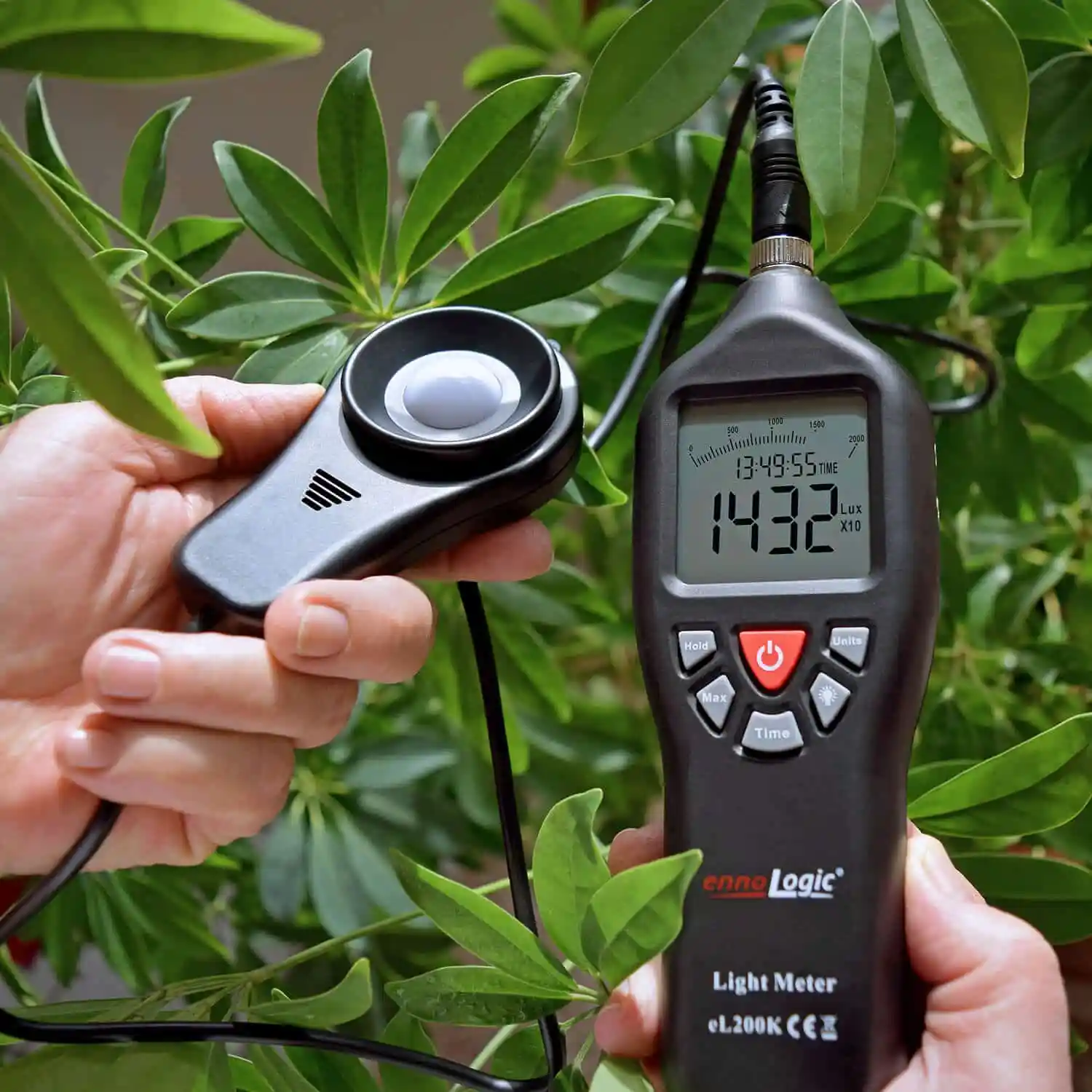
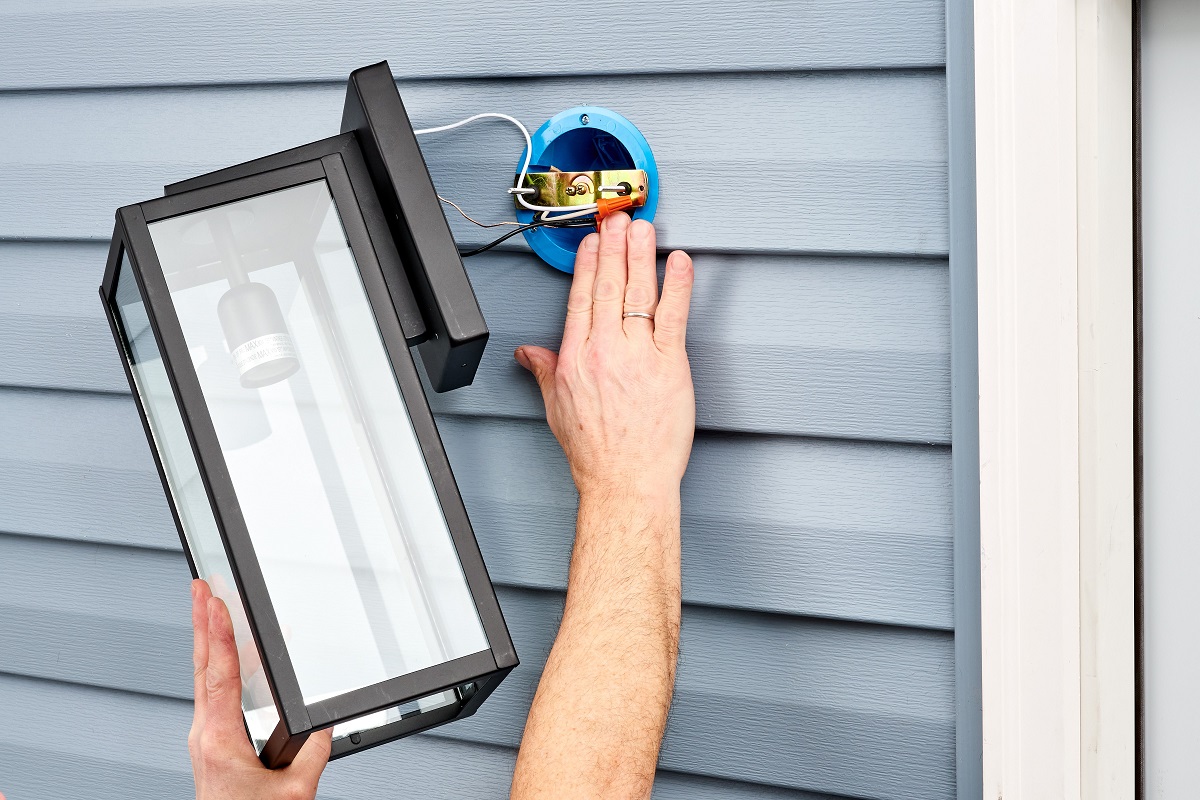
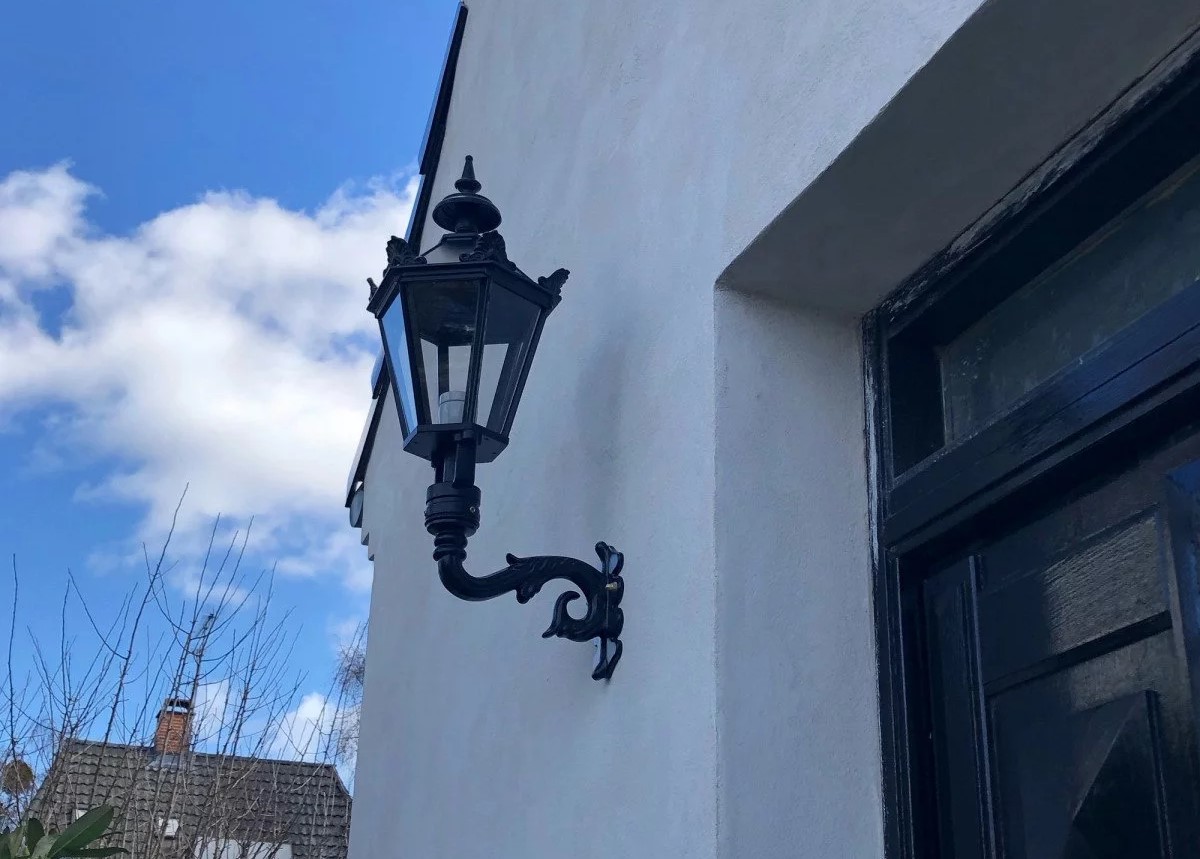
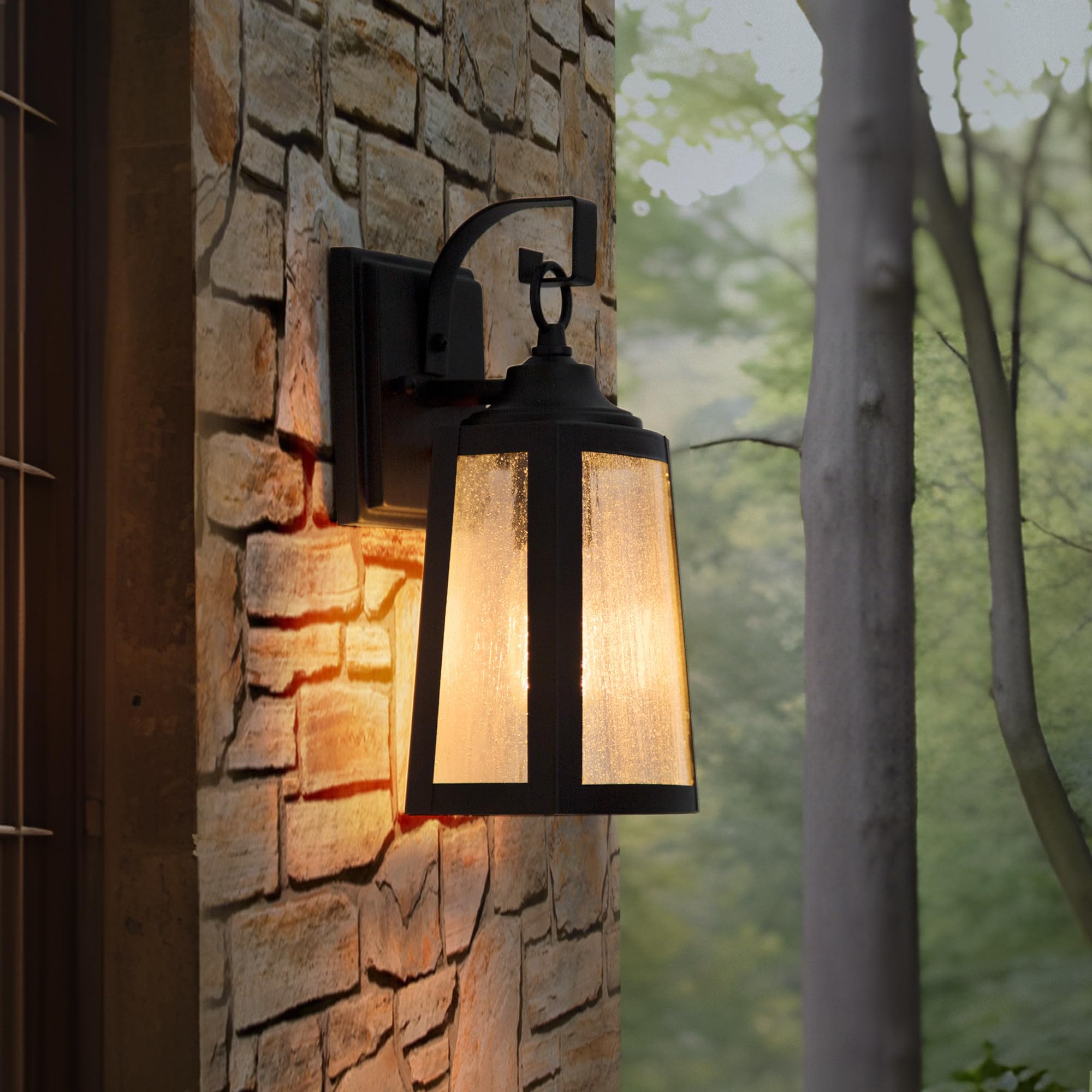
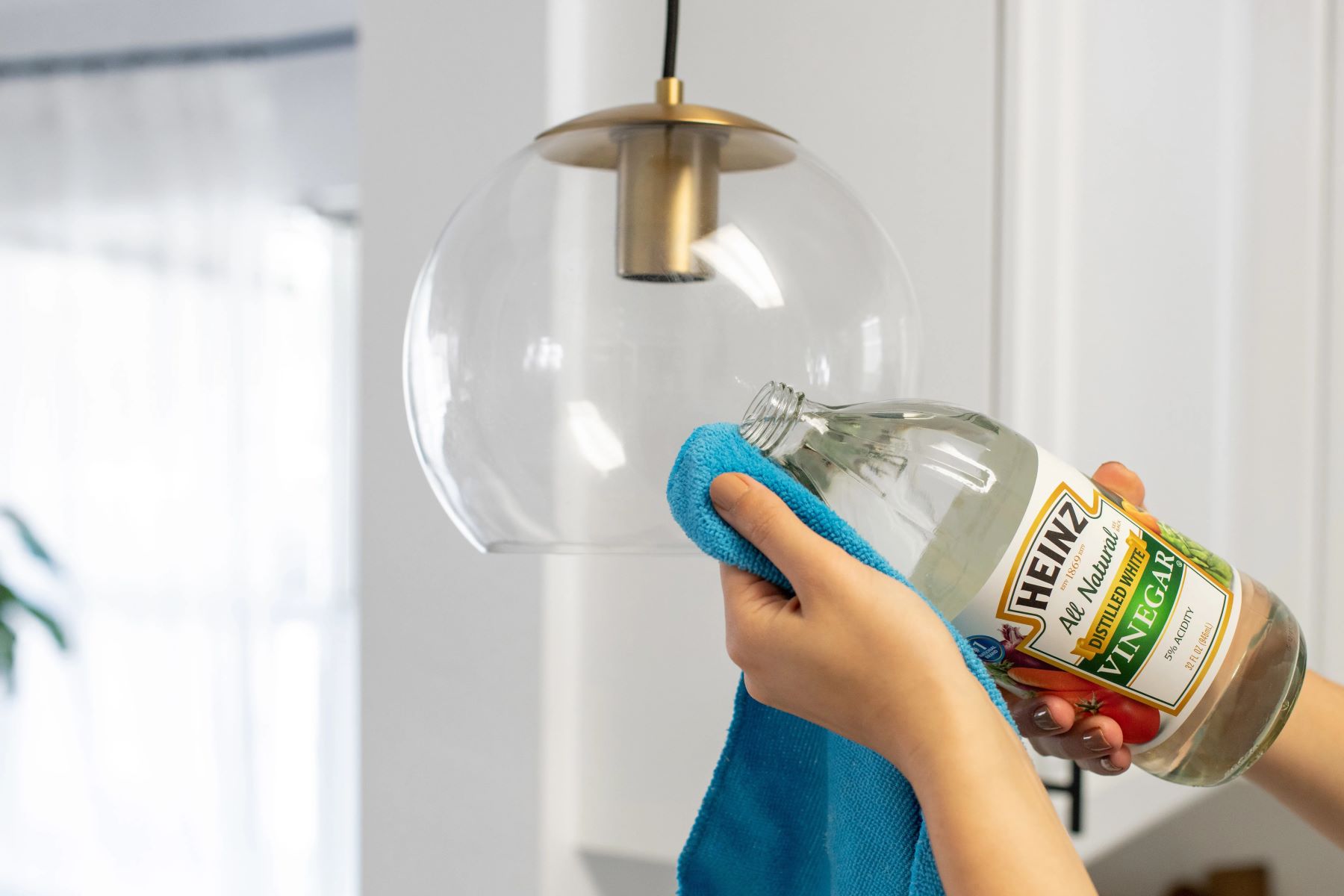
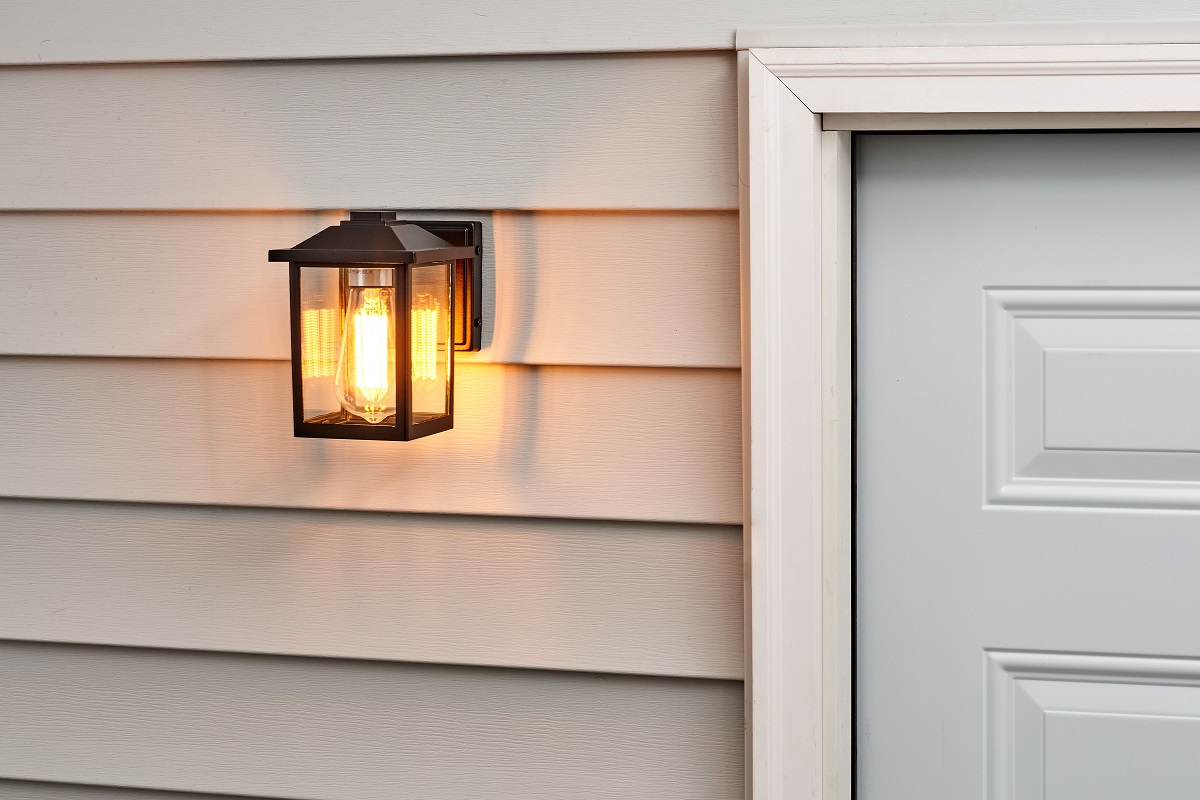
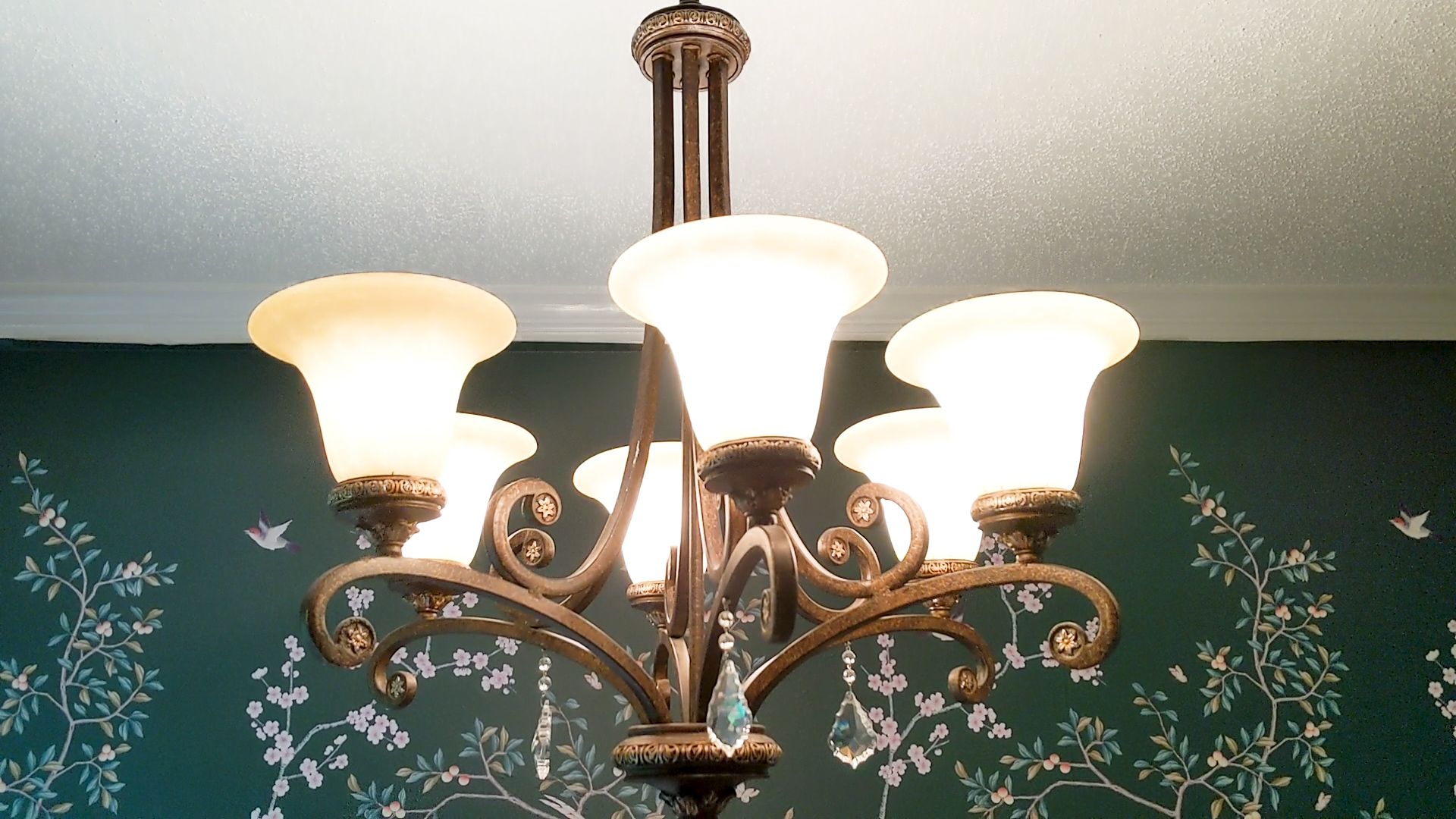
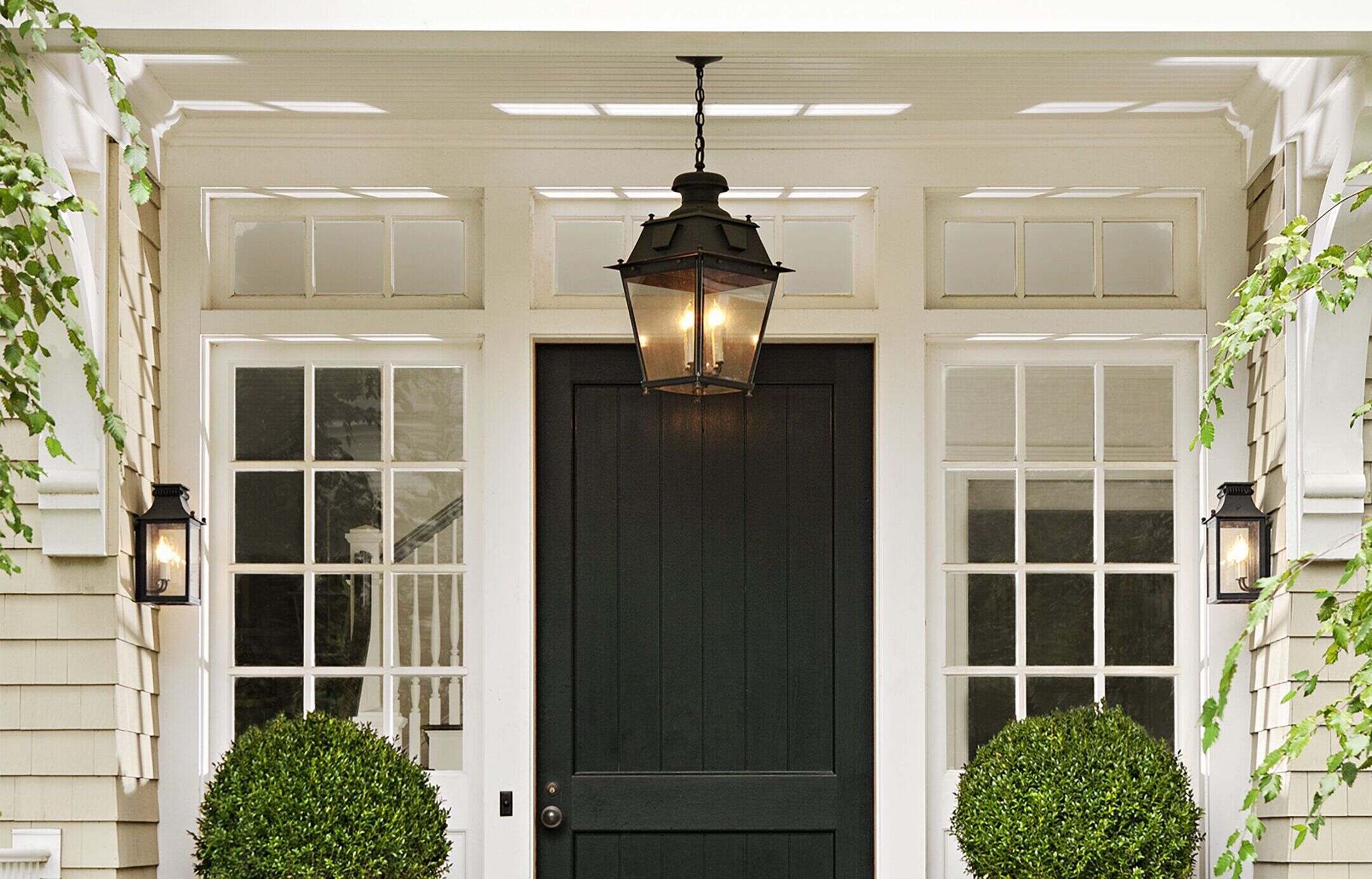

0 thoughts on “How To Measure A Ceiling Light Fixture”